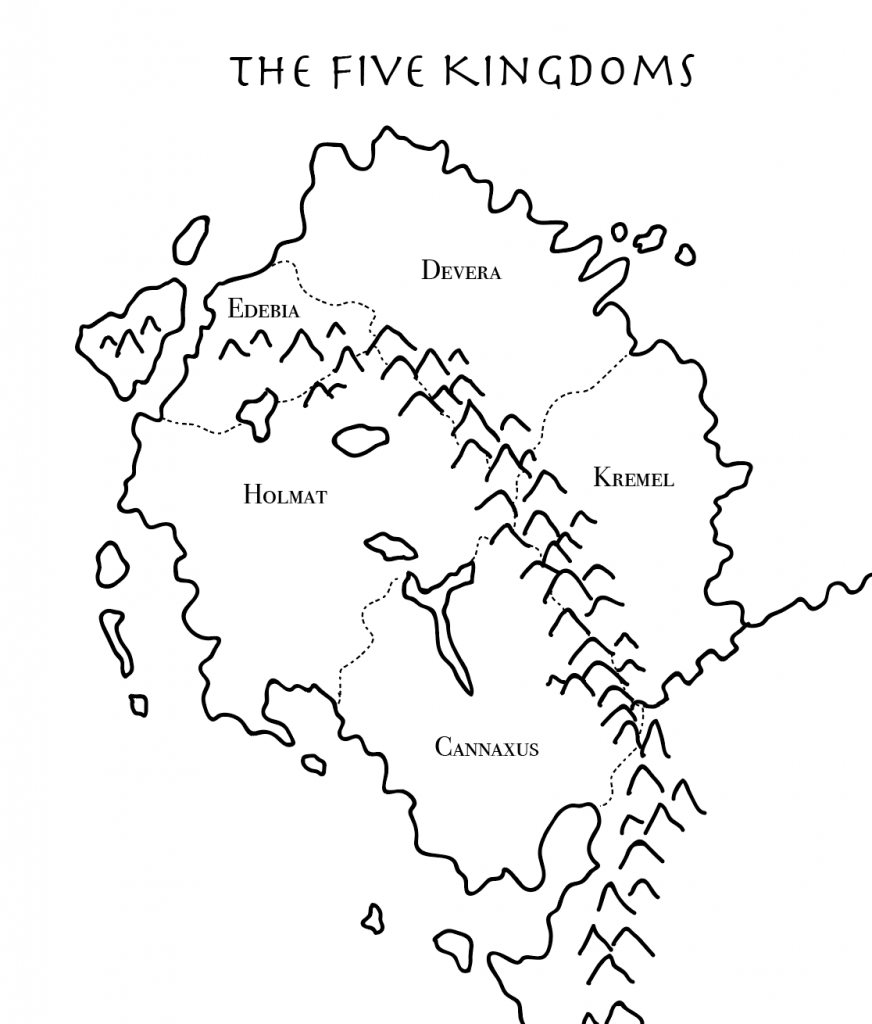
Where is Kremel?
Kremel is the generalized name of a former peninsular landmass in the South Pantarctican Sea, which was subject to subsidence flooding during the Lesser Upheaval event of 20,139 T.C.E., and which vanished beneath the floodwaters shortly thereafter.
Etymology
The word Krem-el is derived from the Ancient Proto-Kremellian term for citadel,
reflecting the stonework fortification around which the larger City of
Kremel formed, and for which the surrounding principality was named, as
well as the peninsula as a whole. The term is also less commonly used to
indicate the Wall of Kremel which separated the south-east portion of that lush province from the harsh desert and its roving denizens beyond.
Pre-Historic Tribes
In the pre-historic period, it is said that over a hundred different tribes co-inhabited the Kremellian peninsula at different times more or less peacefully for several millennia. Though their names and make-ups changed over time, the major ancient tribal groups of Kremel were:
- Wood
- Fisher
- Fire
- Stone
- Cart
- Arrow
- Feather
- Song
Colonial Period
During the ascendancy of the Song tribe, which originally hailed from the mountain lakes region of the province of Cannaxus, a flotilla of four foreign ships appeared on the horizon. Apart from simple fishing vessels, the people of the Kremellian peninsula at that time were not sea-goers. Evidently, the foreign ships had been drawn hither somehow because of the incredible music which was an integral part of the religious life of the Song tribe. It was said they heard it all the way in their homeland over the seas.
The People of the Four Ships settled on the Kremellian peninsula, building their Four Colonies, close to the shores in Cannaxus, Kremel, Devera, and Ur-Holmat (the province originally encompassing the mainland and island parts of Edebia, and Holmat as depicted in the map at top). They politically, economically, and musically supported the Song tribe, spreading a blend of Song and Four Ship culture, technology, philosophy and music to the entire Kremellian peninsula.
Hundreds of years later, the Song tribe was sundered and driven into the sea by the Stone tribe and Arrow tribe in alliance, and the Four Colonies were abandoned. The People of the Ships returned to their ships, and departed for their homeland over the seas. The Four Colonies collapsed politically, and were taken over militarily by the tribes ascendant in each region during the following Dark Age.
Pentarchy
The height of medieval Kremellian culture saw the consolidation of tribal power around the hubs of the former Four Colonies, which became cities under that new order. During this period, Ur-Holmat fractured into Holmat and Edebia, and the Twin Cities of Edebia were founded (one on each side of the Edebian Passage). The Fire tribe was extinguished by the Stone and Arrow tribes, and the Feather tribe driven off over the Wall and mountains and into the harsh deserts southeast of the peninsula.
The tribes were governed by tribal chieftains, who styled themselves after the legendary kings of old in the mythic sagas of the now-departed People of the Four Ships. As these tribal kings rose in stature over successive generations, the territorial borders more or less stabilized into the forms depicted in the map at top. The Five Kings sat together in High Council five times per year to make collective decisions which impacted their kingdoms as a whole.

Leave a Reply
You must be logged in to post a comment.